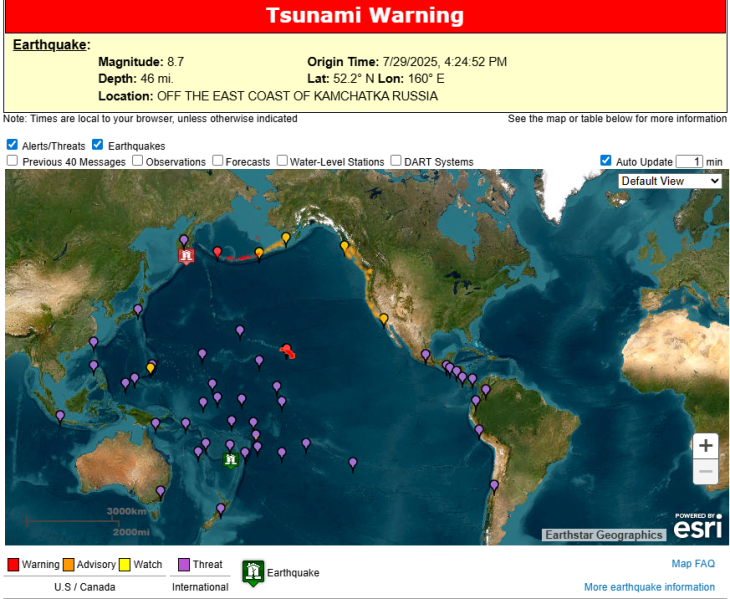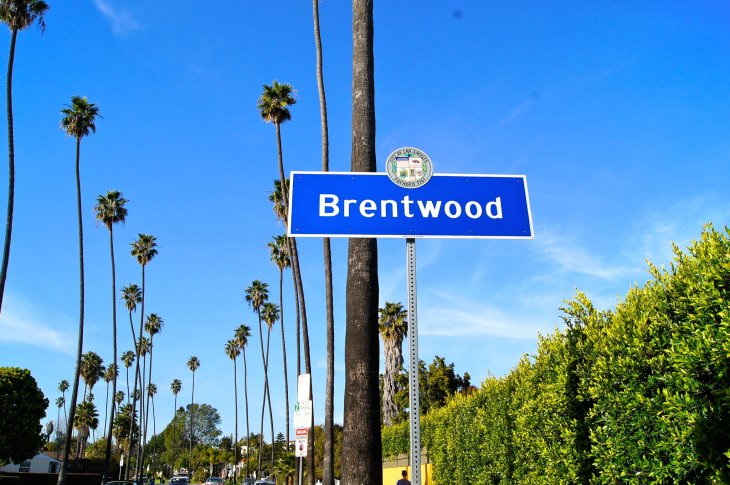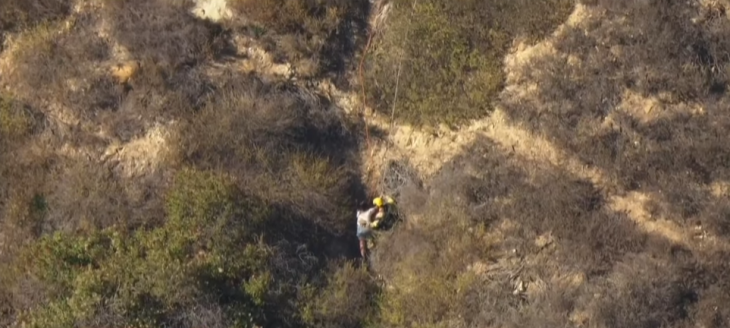Once thriving marine snail under threat.
By Brianna Kwasnik
Gone are the days where freedivers or scuba-divers can collect abalone in Southern California.
Deep in the crevices of the rocks on the reefs live Abalone, a common name for a group of small to very large sea snails. The Santa Monica Bay was once thriving with seven different species: red, pink, green, white, black, pinto and flat. However, according to The Bay Foundation, due to severe over-harvesting and a disease called withering syndrome, the species have been on the decline since the late 90’s.
The abalone have a vital role in the marine ecosystem, as they have predators that feed off them. They are herbivores and feed off drift algae, which frees up space for other types of algae to live in the reefs, researcher and Cal State Fullerton graduate student, Marissa Velarde Wu said.
Marine Biologist Nancy Caruso works with large green abalone and out-planting them to restore their numbers.
“Abalone was as iconic [in Southern California] as lobster is in Maine, so you could get them in virtually every restaurant in a beach town,” Caruso said on KPCC’s “Take Two” podcast. “They taste really good, so they were doomed as soon as humans started liking them.”
The Bay Foundation is an organization that has been actively working to restore the abalone to the Santa Monica Bay since 2010. This work includes scientific monitoring, extensive research, deck spawning and outplanting.
People used to go down to the tide to collect them recreationally to barbecue. The shells have also commonly been used for decoration or using the mother of pearl found inside the shell for jewelry, art pieces or fishing hooks.
They may not look like what you would typically think of when you think of a snail. The shell of the abalone varies depending on the species. Their shape can be oval or round, highly arched or flat.
According to the Fish and Game Code, in the state of California, is illegal to take, possess, or land abalone for commercial or recreational purposes. Fishing licenses for abalone are reserved for researchers or aquaculturists intending to collect abalone for broodstock.
You may still find abalone listed on a seafood menu, as there are aquaculture farms in the area that provide it to restaurants.
“Overall, it’s a good idea to know where your seafood comes from,” Velarde Wu said. “If you see red abalone in a tank and they’re selling them, find out where it comes from. As a consumer, you’re allowed to ask these things.”

The stores are accountable, and consumers can decide whether or not they want to shop at a given location based on their sustainability record, Velarde Wu explained.
“People have a big impact on restaurants and what they serve you,” Velarde Wu said.
The white and black species of abalone are currently both considered endangered, while the rest are either threatened or labeled species of concern.
The Bay Foundation amped up their efforts for abalone restoration in 2016, creating an abalone research lab at the Southern California Marine Institute in San Pedro. In the lab, they currently have the red and green species. They have been growing juveniles, so they can out-plant them.
Heather Burdick, marine programs manager at TBF said they are soon hoping to bring in the endangered white abalone species. They have been searching for the best habitats in the Palos Verdes Peninsula to out-plant them back into the wild and increase the populations in our area.
A large portion of the kelp forests have been decimated by purple urchins, Burdick said. They attack the kelp plant and eat it from the bottom. While abalone also feed on kelp, they wait in crevices of the rocks, waiting for kelp to come by. Burdick said they’re not as devastating to the kelp as the urchins are, and having abalone on our reefs can help to make them more sustainable.
“Be mindful of where you’re stepping,” Burdick cautioned “they only live on rocky areas, but if you’re out tide pooling, there’s a chance there could be abalone on the rocks.”
She recommends divers and beach-goers tread lightly in tide pools.
To learn more about The Bay Foundation and their abalone restoration efforts, you can visit santamonicabay.org.

























